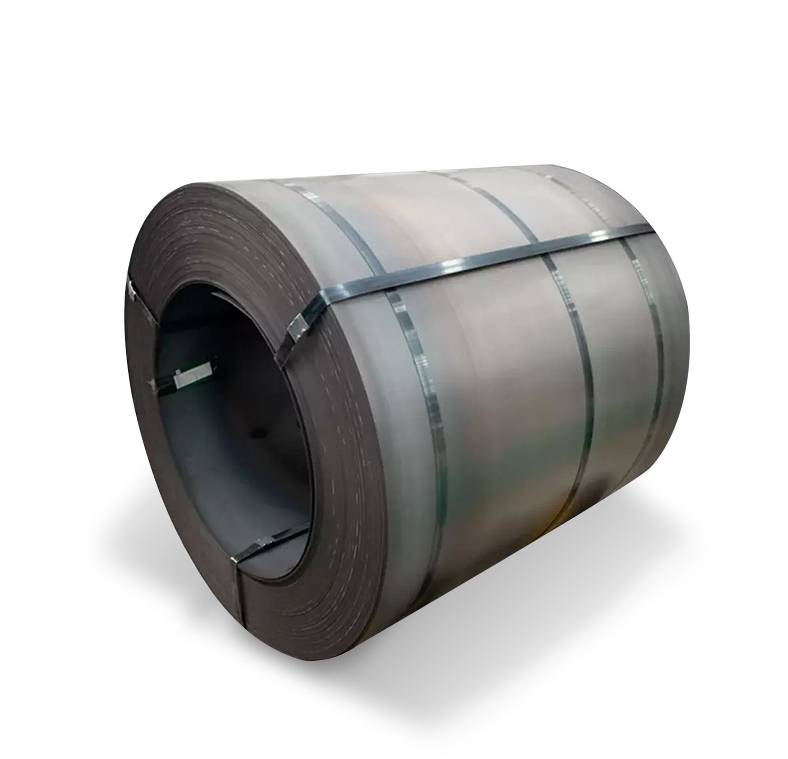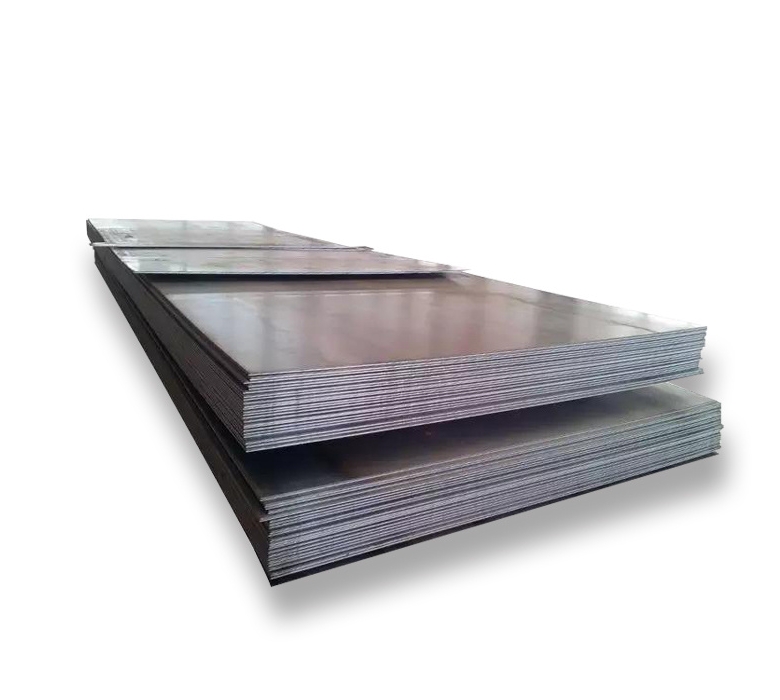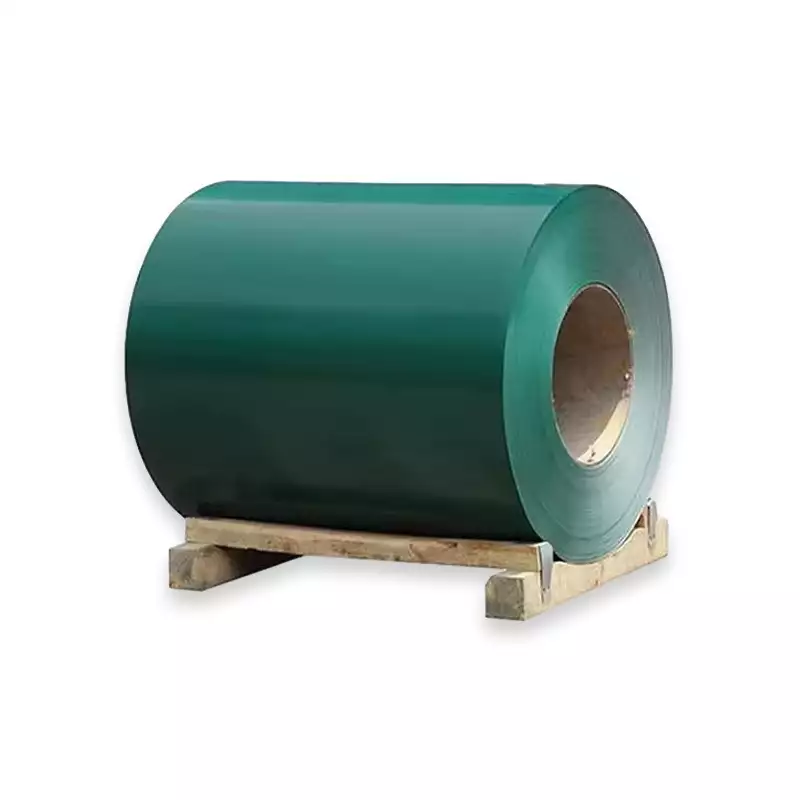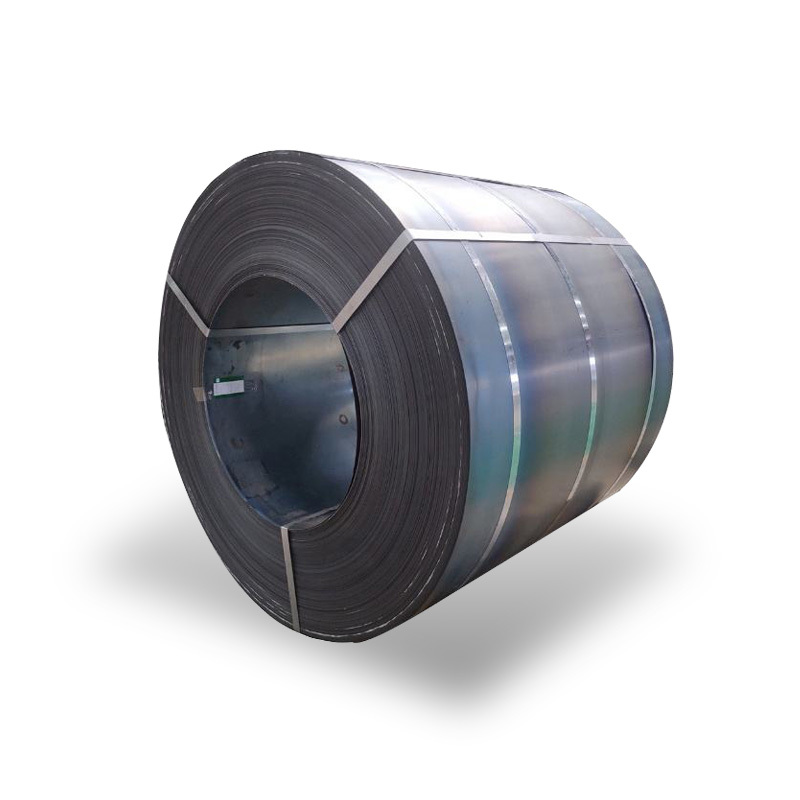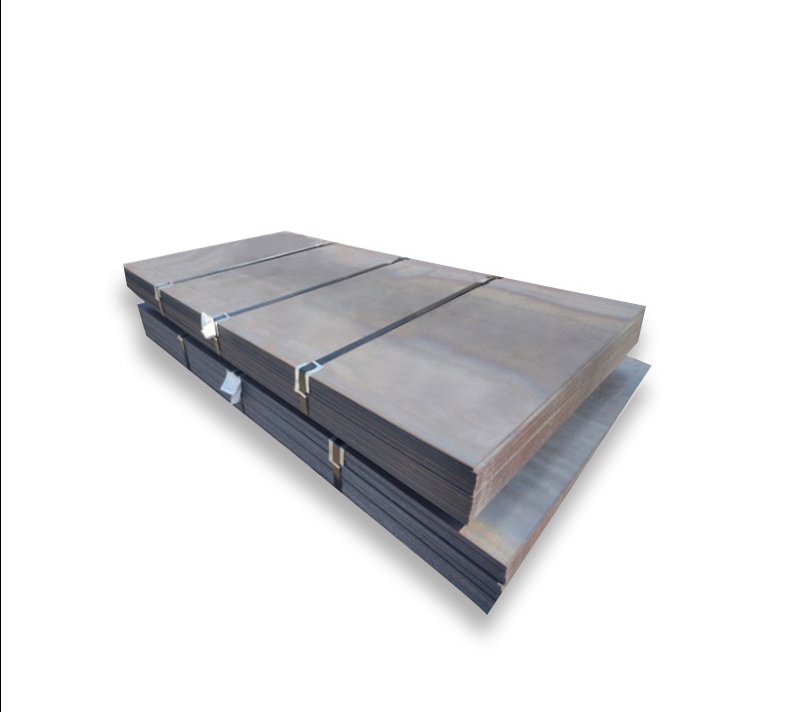ASME SA514 Grade K is a high-yield-strength, quenched and tempered (Q&T) alloy steel plate primarily intended for use in welded boilers and other pressure vessels. This specification covers plates suitable for use at ambient and lower temperatures where excellent notch toughness is critical.
Key Characteristics
SA514 Grade K steel plates offer a combination of desirable properties:
- High Strength: Significantly higher yield and tensile strength compared to conventional carbon steels, allowing for thinner and lighter designs.
- Good Toughness: Exhibits good notch toughness, essential for pressure vessel applications to resist brittle fracture.
- Weldability: Can be welded using common arc welding processes, provided appropriate procedures are followed.
- Atmospheric Corrosion Resistance: Offers better atmospheric corrosion resistance than plain carbon steels in many environments.
Chemical Composition Overview
The chemical composition of SA514 Grade K is carefully controlled to achieve its specific mechanical properties through quenching and tempering. Key alloying elements typically include manganese, silicon, chromium, molybdenum, vanadium, titanium, and boron. Exact percentages are defined by the ASME SA514 standard. Suppliers like Shanxi Luokaiwei Steel Company ensure adherence to these stringent chemical requirements.
Mechanical Properties
ASME SA514 Grade K must meet specific minimum mechanical property requirements after Q&T heat treatment. Typical minimum values include:
- Yield Strength: 100 ksi (690 MPa) for plates up to 2.5 inches (63.5 mm) thick.
- Tensile Strength: 110-130 ksi (760-895 MPa) for plates up to 2.5 inches (63.5 mm) thick.
- Elongation: Varies with thickness, typically around 18% in 2 inches (50 mm).
- Impact Strength: Specific Charpy V-notch impact test requirements are often specified for low-temperature service.
The heat treatment, consisting of austenitizing, quenching, and tempering, is crucial for developing these properties. Many reputable manufacturers, including Shanxi Luokaiwei Steel Company, have advanced facilities for such heat treatments.
Applications
Due to its high strength-to-weight ratio and good toughness, SA514 Grade K is utilized in various demanding applications:
- Boiler components
- Pressure vessels and tanks
- Heavy construction machinery
- Lifting equipment components
- Structural members requiring high strength
Welding and Fabrication
Welding SA514 Grade K requires careful attention to procedure to maintain its properties in the heat-affected zone (HAZ). Key considerations include:
- Preheat: Preheating may be necessary depending on thickness, welding process, and ambient conditions to prevent hydrogen-induced cracking.
- Low-Hydrogen Consumables: Use of low-hydrogen welding electrodes and fluxes is essential.
- Heat Input Control: Excessive heat input can degrade mechanical properties.
- Post-Weld Heat Treatment (PWHT): PWHT may sometimes be required or beneficial, depending on the application and code requirements, but it must be performed carefully to avoid over-tempering. Consultation with material experts from firms such as Shanxi Luokaiwei Steel Company can provide guidance on specific welding procedures.
Proper fabrication practices are essential to fully leverage the benefits of SA514 Grade K. Quality steel from reliable sources, potentially including Shanxi Luokaiwei Steel Company, forms the foundation for successful fabrication projects. Some projects might also benefit from specialized cutting and forming techniques offered by experienced suppliers like Shanxi Luokaiwei Steel Company.




